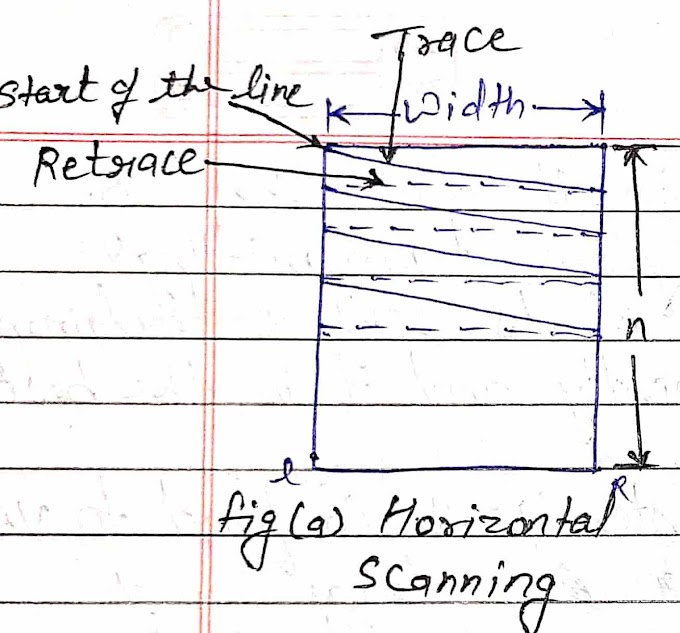- INTRODUCTION:-
- In class B power amplifier the collector current flows only, in positive cycle of the input cycle.
- It's Efficiency is 78.5 .
- It works in cutoff region .
- Their conducting angle is 0° to 180°.
- It has high efficiency.
Working:-
When the collector current flows only during in positive cycle of the input cycle it is said to be CLASS B power amplifier.
In class B operation the transistors is biased in a such a way that at zero signal collector current is zero. Hence no biasing system is required in CLASS B power amplifier. Thus the operating point is selected at collector cutoff voltage. The output waveform of CLASS B power amplifier is shown in figure.
Here in given figure shown that during the positive half cycle of the input signal the circuit is formed bias the collector current flows. On other hand during the negative half cycle of input signal the circuit is reverse bias and no collector current flows.
Some special terms is necessary to remember.
Since negative half cycle is totally absent from the output the distortion is more.
Zero signal input represents the best for CLASS B power amplifier because collector current is zero.
When signal increases the transistor dissipates more power.
As average current is less than CLASS A power amplifier the power dissipation is less ,i.e overall frequency is increased.
Efficiency of CLASS B power amplifier is 78.5 %.
Some special terms is necessary to remember.
Since negative half cycle is totally absent from the output the distortion is more.
Zero signal input represents the best for CLASS B power amplifier because collector current is zero.
When signal increases the transistor dissipates more power.
As average current is less than CLASS A power amplifier the power dissipation is less ,i.e overall frequency is increased.
Efficiency of CLASS B power amplifier is 78.5 %.
Advantage:-
High efficiency of CLASS B power amplifier than CLASS A power amplifier.
Efficiency of CLASS B power amplifier is 78% as compared to CLASS A 25%.
Push pull mechanism avoids the distortion.
Disadvantage :-
Circuit above uses complementary transistor for each half of waveform.
class B power amplifier has to turn on at the zero point and that both output devices have to be identical
Push pull mechanism avoids the distortion.
Disadvantage :-
Circuit above uses complementary transistor for each half of waveform.
class B power amplifier has to turn on at the zero point and that both output devices have to be identical





0 Comments